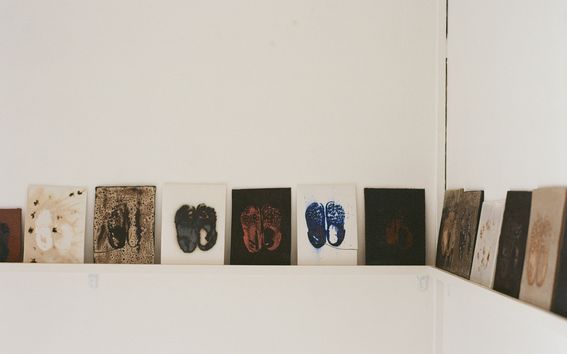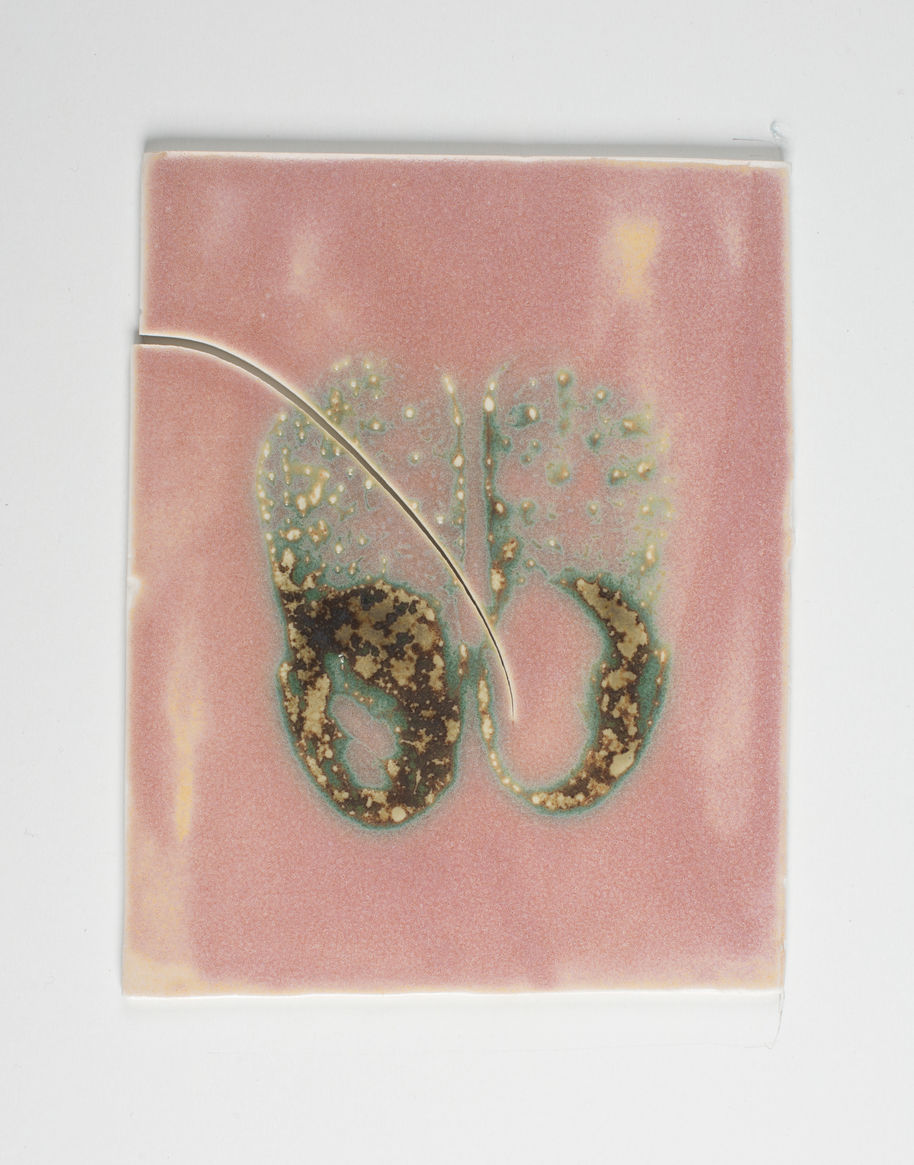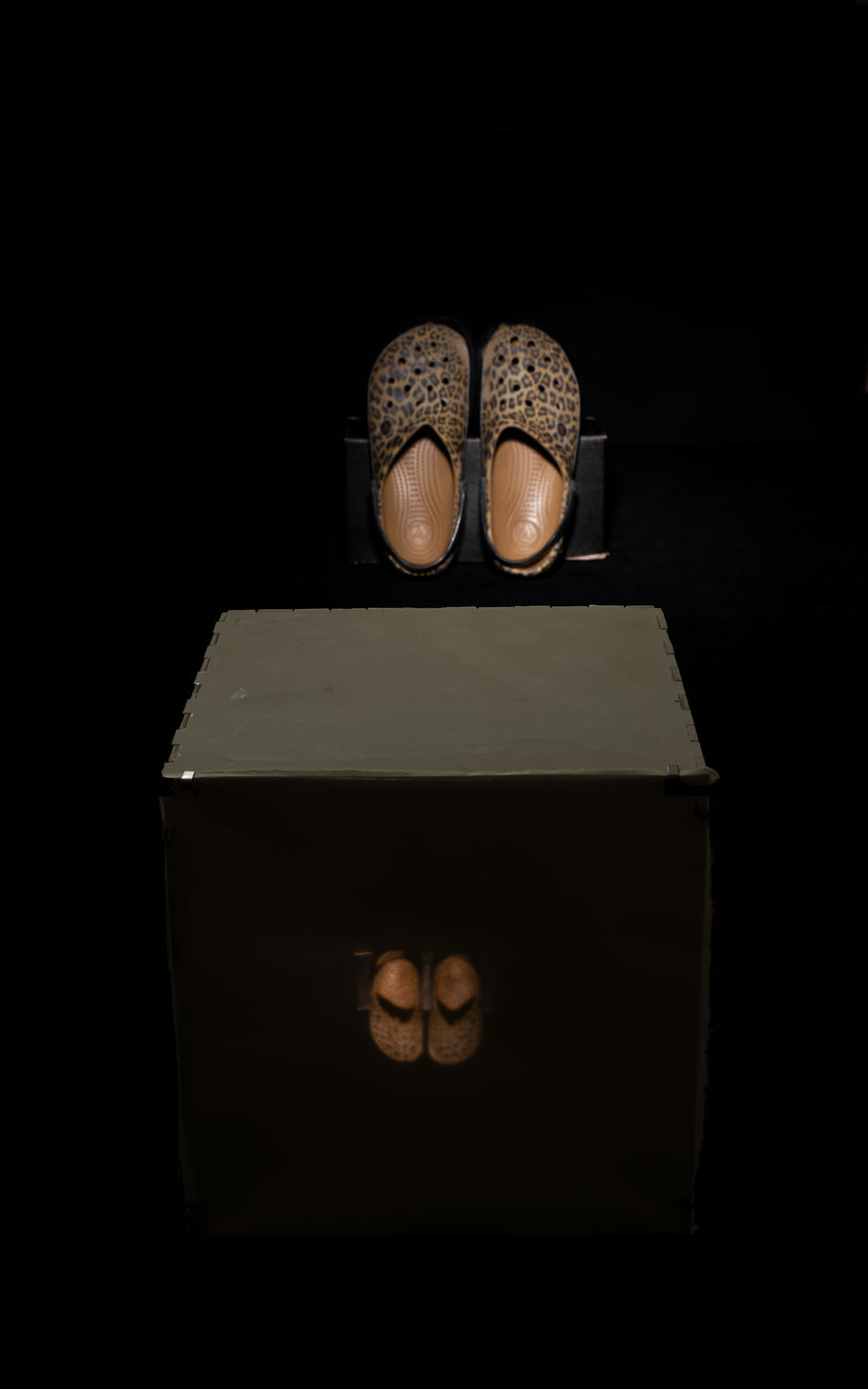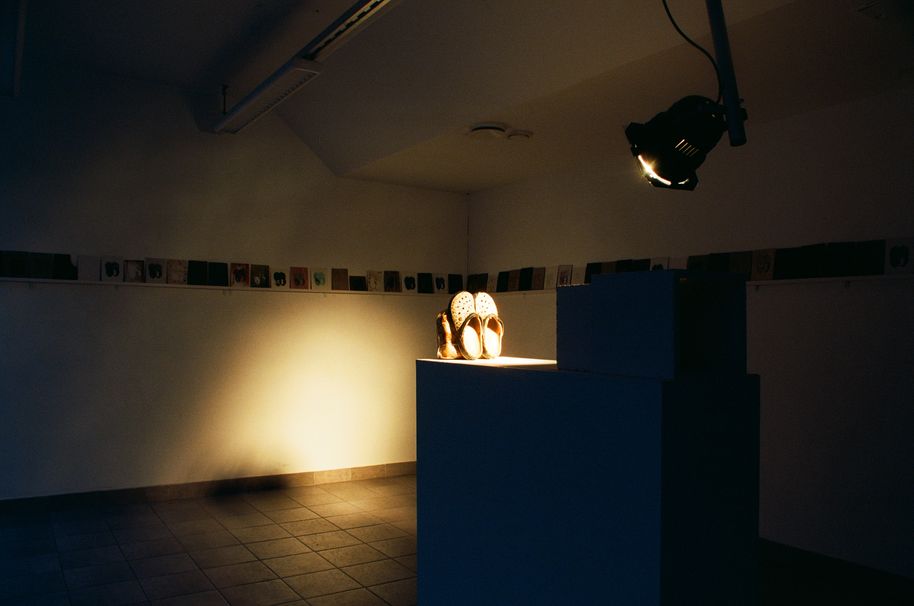The Workshoes and the Chasm by Aura Latva-Somppi

Abstract:
Within creative practice of ceramics, the discussion has concentrated on the essence and origin of the material, the aesthetics of the final artifact, and the significance of hands-on work. For me, the focal point of ceramics is situated in the dramatic change within the artistic process that changes the material nature of the artifact. The characteristic phases of ceramic process, which include drying, bisque-firing, and high-firing cause a change in the material. When a non-human actor, such as the kiln, participates in the process, the relationship between the maker and the materializing idea is not direct and light, but whimsical, mystical, and quirky. In my thesis, I research this gap in the process as well as the dramaturgy between the maker and the material. The focus in the artistic process is on its intermittent change, with the help of which the ceramics creative practice opens up in a new manner. The research question is: How does the gap affect the relationship between the maker and the material? I borrow two concepts from the field of printed art: the apparatus describes the process and the chasm describes the gap. Using these concepts, I unwrap the elements of a ceramic process, such as coincidence, surprise, and division of responsibility between the maker and the material, that have earlier appealed to me but which I have not closely addressed until this point.
My research is practice-led. Through my own artistic process, I examine the significance and effects of the gap and reflect on them throughout the process with the support of literature sources. The literature has situated my work in the field of art and research while the works created in my artistic process have defined the research. I chose the traditions of ceramics and printed image as my tools to include both the gap that printed art claims is situated in the act of printing and the ceramics gap that is situated in the firing process.The essence of both image and ceramics is targeted at the change-in-time that allows a profound understanding of the process. The image selected is a photo of my workshoes as they symbolize the process and imply the presence of the maker. I research the topic by combining ceramics and images with silkscreen printing and camera obscura. My research data consists of a working diary, process pictures, and the documentation of the final works in a solo exhibition.
In the conclusions of my thesis, I propose that the relationship between the maker and the material’s intermittent changing culminates in the presence of coincidence in artistic process. The position of the maker is significant because it defines the intentions to which the end result is compared, as well as what is regarded as significant. Instead of the changes within the time span of the process the meanings set by the maker define the turning points of the artistic process. Although the material artifact can be seen as a fragment of past events, the production of the meanings is nonlinear and ongoing. Furthermore my attraction towards the ceramic process originates from the gap-permitted division of responsibility and the artifacts material re-bcoming. The gap demands that the maker to re-encounters the changed work and becomes re-acquainted with it. This allows the maker to kick off their workshoes, grab their hat, and follow journey of he artifactover the chasm.










